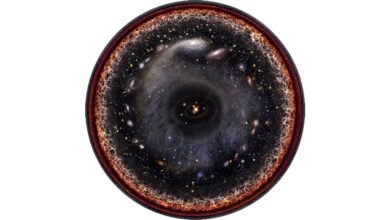Ask Ethan: Does the CMB really “prove” the Big Bang? | by Ethan Siegel | Starts With A Bang! | Nov, 2024

Since the mid-1960s, the CMB has been identified with the Big Bang’s leftover glow. Could any alternative explanations still work?
No matter how strong the evidence is in favor a scientific theory, there will always be contrarians that come along and encourage the exploration of alternatives. This isn’t necessarily out of stubbornness, but is often done in an attempt to subject even our most well-supported theories to rigorous scrutiny and ever-stronger testing. However, oftentimes these contrarian positions have to ignore a substantial amount of evidence in order for their preferred alternatives to survive. As cosmologist Mike Turner once famously put it, “you can only invoke the tooth fairy once,” meaning that you might be able to justify a scenario with one major modification, but once you have to start doing multiple cartwheels to get around a mountain of evidence, your alternative idea is a lost cause.
Undeterred by that notion, many — mostly crackpots but including a few serious scientists — have challenged the “cosmic” interpretation of the observed cosmic microwave background (CMB), going all the way back to Fred Hoyle some 60 years ago. Are we 100% confident that the CMB really qualifies as “smoking gun” evidence for the hot Big Bang…




